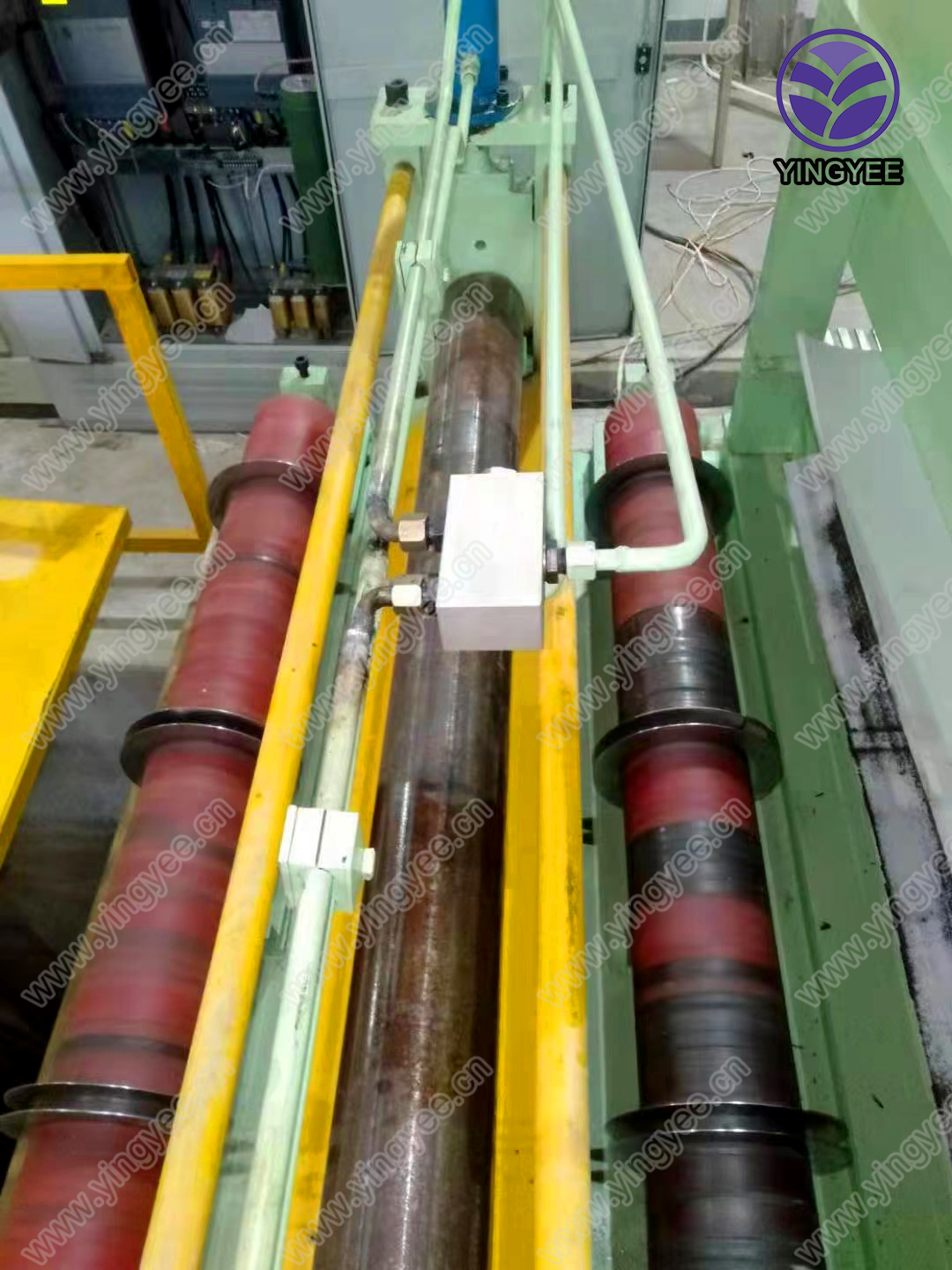
The Evolution and Importance of Welding Machines in Modern Manufacturing
Welding has been a cornerstone of manufacturing and construction for centuries, playing an integral role in creating the structures and products that define our modern world. At the heart of this essential process lies the welding machine, a versatile tool that has evolved significantly over the years, adapting to the changing demands of industries ranging from automotive to construction.
The Basics of Welding
Welding is the process of joining two or more materials, typically metals, by using high heat to melt the parts together and allowing them to cool, causing fusion. The basic principles of welding have remained relatively unchanged, but the technology surrounding it has seen remarkable advancements. Today, welding machines come in a variety of forms and types, each designed for specific applications and materials.
Types of Welding Machines
There are several types of welding machines available, each suited for different roles in industrial settings. Some of the most commonly used types include
1. Arc Welding Machines These machines generate intense heat by creating an electric arc between an electrode and the base material. This method is popular due to its versatility and effectiveness in welding thick materials. Subtypes include Shielded Metal Arc Welding (SMAW), Gas Metal Arc Welding (GMAW), and Tungsten Inert Gas Welding (TIG), each with unique applications.
2. MIG Welders Metal Inert Gas (MIG) welding is a process that uses a continuous feed of wire and gas to protect the weld. This method is favored for its ease of use and speed, making it ideal for both professionals and hobbyists.
3. TIG Welders Tungsten Inert Gas welding offers precision by using a non-consumable tungsten electrode. The process is slower than MIG welding but allows for cleaner and more controlled welds, making it suitable for thin materials and intricate designs.

4. Spot Welding Machines Commonly used in the automotive industry, spot welding involves the application of heat to join two or more parts at specific points, resulting in strong, localized welds.
The Importance of Welding Machines
Welding machines are not just tools; they are critical components of modern manufacturing that contribute to efficiency, safety, and quality. As industries become more competitive, the need for reliable, robust welding solutions has never been greater.
1. Efficiency Modern welding machines feature advanced technologies that enhance productivity. Automated welding systems, for instance, can operate continuously, significantly reducing the time required for large production runs.
2. Quality Control High-quality welding machines allow for better control over the welding process, which is crucial in industries where integrity and strength are paramount. This control helps minimize defects and ensures that the final product meets stringent safety standards.
3. Safety Today's welding machines are designed with safety features to protect operators from hazards. Innovations such as automatic shut-off systems, improved ventilation, and personal protective equipment contribute to creating a safer work environment.
4. Adaptability The versatility of welding machines allows them to be used in a wide range of industries and applications. From constructing skyscrapers to manufacturing automobiles, the ability to adapt to different materials and project requirements is a significant advantage.
Conclusion
The role of welding machines in manufacturing cannot be overstated. As technology continues to evolve, these machines will likely become even more sophisticated, incorporating automation, digital interfaces, and advanced materials. Understanding welding machines and their capabilities will help industries harness their potential, ensuring quality and efficiency in their manufacturing processes. As we look to the future, the importance of welding machines will only increase, driving innovation and progress across various sectors.